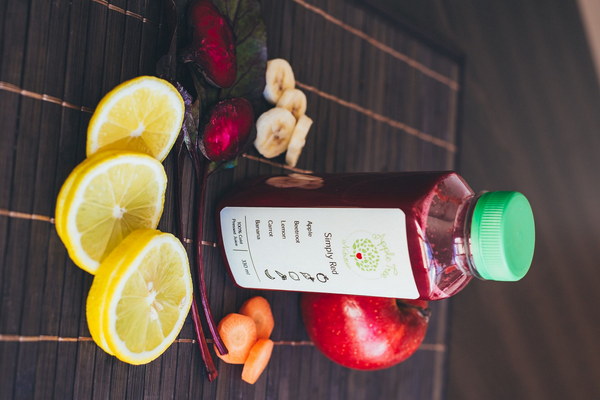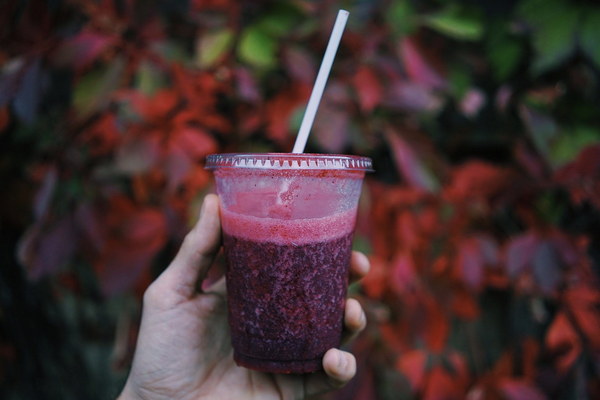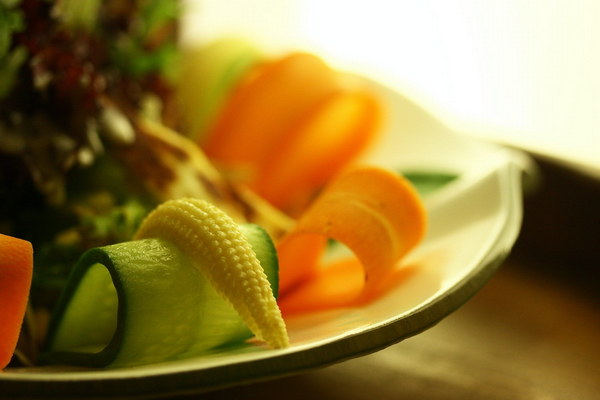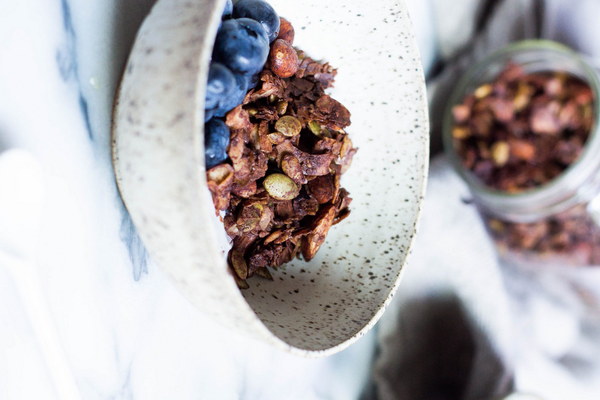Unlock the Power of Ginger A Natural Remedy for Externally Relieving Dampness
Ginger, a versatile and aromatic spice, has long been celebrated for its numerous health benefits. Beyond its culinary applications, ginger is also renowned for its external uses, particularly in alleviating dampness. In this article, we will explore the science behind ginger's dampness-relieving properties and provide practical tips on how to use ginger topically for this purpose.
Understanding Dampness
Dampness is a common condition in traditional Chinese medicine (TCM), where it is believed to be caused by an imbalance of yin and yang in the body. This imbalance can lead to various symptoms, including fatigue, joint pain, and digestive issues. TCM views dampness as a type of pathogenic factor that can affect the body's energy flow and overall health.
Ginger's Dampness-Relieving Properties
Ginger's ability to relieve dampness can be attributed to its unique chemical composition. The root contains several bioactive compounds, including gingerol, shogaol, and zingerone, which are known for their anti-inflammatory, analgesic, and diuretic properties.
Anti-Inflammatory Properties
Gingerol and shogaol have been shown to inhibit the activity of pro-inflammatory enzymes, such as COX-2 and 5-lipoxygenase. This helps to reduce inflammation in the body, which can alleviate symptoms associated with dampness, such as joint pain and swelling.
Analgesic Properties
The analgesic effects of ginger can also contribute to dampness relief. By reducing pain, ginger can improve mobility and overall comfort, making it easier to manage symptoms related to dampness.
Diuretic Properties
Ginger has diuretic properties, which means it can increase urine production and help eliminate excess fluid from the body. This can be particularly beneficial for individuals suffering from dampness-related edema or water retention.
How to Use Ginger Externally for Dampness
There are several ways to use ginger topically to alleviate dampness:
1. Ginger Compress
A ginger compress is a simple and effective way to use ginger externally. To make a ginger compress, follow these steps:
- Grate a few inches of fresh ginger root.
- Place the grated ginger in a muslin cloth or a clean cloth.
- Boil water and soak the cloth in the water for a few minutes until it is warm.
- Place the warm ginger compress on the affected area, such as the lower back or abdomen, and cover it with a towel or blanket.
- Leave it on for 20-30 minutes, or until the compress cools down.
- Repeat this process 2-3 times a week.
2. Ginger Poultice
A ginger poultice is another excellent option for targeting dampness. Here's how to make one:
- Grate fresh ginger and place it in a muslin cloth or a clean cloth.
- Boil water and soak the cloth in the water until it is warm.
- Place the warm ginger poultice on the affected area and cover it with a towel or blanket.
- Leave it on for 20-30 minutes, or until the poultice cools down.
- Repeat this process 2-3 times a week.
3. Ginger Paste
For a more concentrated treatment, you can create a ginger paste by following these steps:
- Grate fresh ginger and place it in a bowl.

- Add a small amount of water to the grated ginger and mix well to form a paste.
- Apply the ginger paste to the affected area and cover it with a bandage or cloth.
- Leave it on for 30 minutes to an hour, then rinse off with warm water.
- Repeat this process 2-3 times a week.
Conclusion
Ginger is a natural and effective remedy for alleviating dampness. By harnessing its anti-inflammatory, analgesic, and diuretic properties, ginger can provide relief from the discomfort associated with dampness. Incorporating ginger into your wellness routine through external applications, such as compresses, poultices, and pastes, can help you maintain a balanced and healthy body. Always consult with a healthcare professional before starting any new treatment, especially if you have underlying health conditions.









